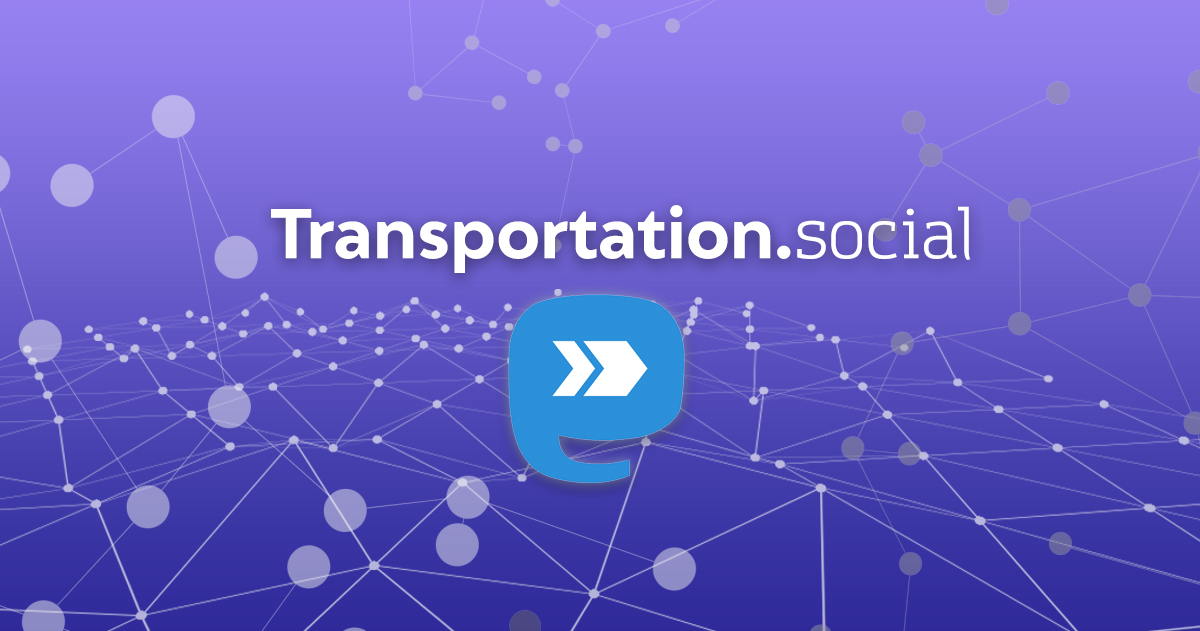Game-changer! One of the most impactful things an OpenStreetMapper can do is to map public transport. A new mapping course launched by Trufi Association and Mobility Hub - Colombia has the potential to revolutionize transportation planning with community-driven solutions. 🚌🌍 Available in Spanish. English coming soon.
@hotosm
#informaltransport #publictransport #openstreetmap #opendata #espanol
@trufiassoc Public transport is very well-mapped in my area (NL/DE). Only timetables are missing, but those are rather variable and thus fall outside of OSM's scope, not to mention the realtime delays that you really want from a useful transport app. I've tried using OsmAnd's public transport routing and, bugs aside, it's fairly unusable without knowing transfer times which it can fundamentally not know.
What's the elevator pitch here, how could this work with just OSM data? Please convince me!
@luc Imagine if your city did not have well-mapped public transport. That is the case for most cities of the world, especially the global South.
OSM data can be transformed into GTFS data - essential for people who study, manage and/or transport networks in cities of all sizes: City planners, transport managers, researchers, MaaS innovators. With accurate GTFS, user apps can be deployed, and informal transport becomes more usable, reducing car dependency. Cities can estimate carbon emissions.

@luc Public transport around the world is largely unmeasured. We only know it's a huge source of emissions. Decarbonizing transport can't be planned well if we don't know what is there.
Also: There are developments in the GTFS standard that will ultimately be able to provide real-time location data for transport, and make journey planner apps more usable (where transport agencies provide real-time data.)